The bearded dragon is one of the most popular lizards today. This has brought a great interest in the topic of bearded dragon breeding.
The process of breeding bearded dragons takes specific timing and conditions to produce fertile eggs and healthy hatchlings. Know the proper conditions needed to breed successfully. You must recreate the dragons natural environment.
Before you can breed dragons you need to be sure that both the male and female are in good health and are of the proper age.
Preparation Before Breeding
You need to set the conditions in the bearded dragons' tank to simulate winter season. The UVB light needs to be on for only 10 hours, rather than the normal 14 hours, and provide the dragon with 14 hours of darkness rather than the 10 hours of darkness. You need to decrease the amount of food to the breeding pair.
The temperature needs to be dropped down to 78 degrees on the hot side while the temperature should around 67 degrees on the cooler side of the tank.
You keep these conditions for about 6 weeks, then you can put the lighting and temperature back to normal.
Once this period is over, provide the dragons with more food than normal, it is very important to put some weight on them, so offer them the fattier foods such as wax worms.
Keep the pair apart and feeding as stated above for another 4 weeks before putting them together. It is advisable to put only the two breeding dragons in the tank together. If you put more than one male into the tank they may become aggressive toward each other.
The female will show signs of being submissiveness by waving her arm and bobbing her head slowly. The male will begin to chase her around the tank trying to mount her.
Once the female is fertile, which you will know by her being much heavier than normal, she will be looking for a place to lay her eggs.
You can provide the female with a lay box that consists of sand and garden soil and should be kept moist at all times.
After The Eggs Are Laid
The female will lay her eggs in a small hole, you need to make sure you know where she laid them, you will need to remove the eggs, usually with a spoon and Do Not turn them. The eggs need to be placed in an incubator, perferably a store bought one rather than one hand made. The success rate using a store bought incubater is higher. Make sure to keep the eggs at 85 degrees at all times, you should never let the temperature get below 83 degrees. Keep the eggs moist at all times by providing a small containter of water inside the incubator and misting them lightly.
New Bearded Dragons
Shortly before the baby bearded dragon breaks the shell you will notice the egg collapse. After they break through their shell you need to place them into their own tank known as a rearing tank. The baby dragons will be very hungry and need to be fed often, at least 3 times a day. Make sure you are prepared for this or they can begin to chew on each others tails and toes which will not grow back.
You can feed the baby lizards very small wax worms and crickets, it is vital that the size of their food be small or it could harm the babies. Continue feeding the baby dragons 3 times a day until they are at least 4 months old. You can also finely chop up vegetables to offer them. During their first 4 months though, it is vital they get more crickets and wax worms than vegetables to help them grow strong bones and be healthy and happy.

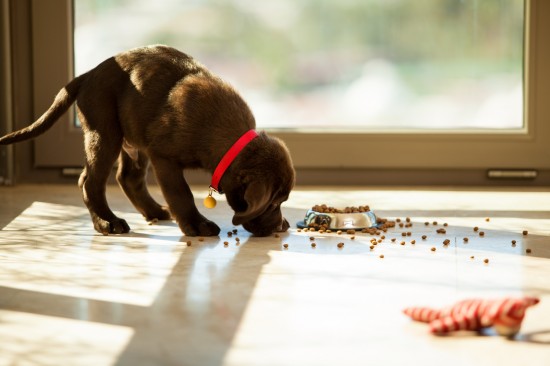 Some Tips For Dealing With A Dog That Is A Messy Eater
Some Tips For Dea
Some Tips For Dealing With A Dog That Is A Messy Eater
Some Tips For Dea
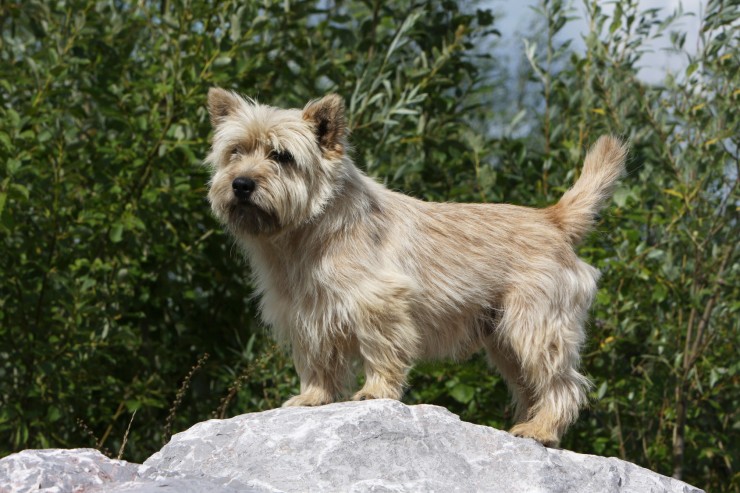 Grooming And Caring For The Cairn Terrier
Grooming And Cari
Grooming And Caring For The Cairn Terrier
Grooming And Cari
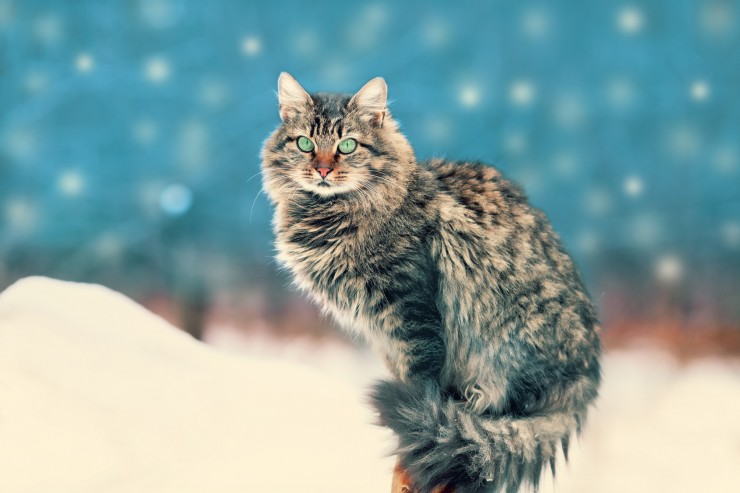 Keeping Pets Safe This Christmas
Keeping Pets Safe
Keeping Pets Safe This Christmas
Keeping Pets Safe
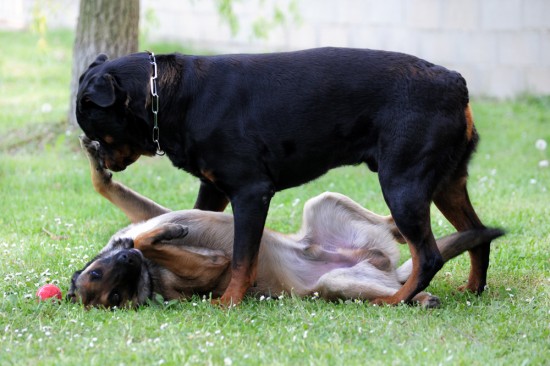 Re-training An Alpha Dog
Re-training An Al
Re-training An Alpha Dog
Re-training An Al
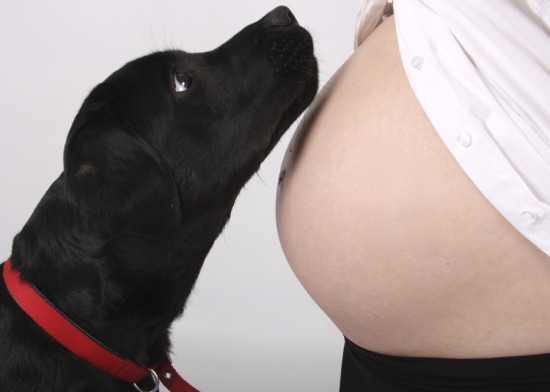 Babies And Dogs... Introducing Your Dog To Your New Baby
Babies And Dogs..
Babies And Dogs... Introducing Your Dog To Your New Baby
Babies And Dogs..